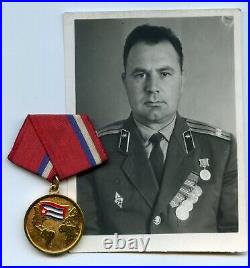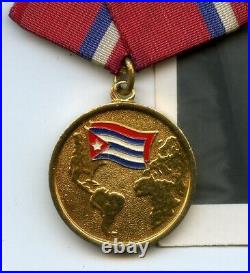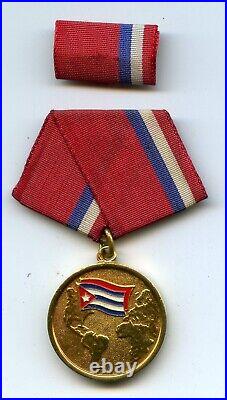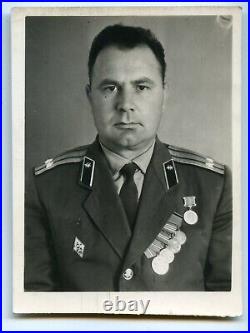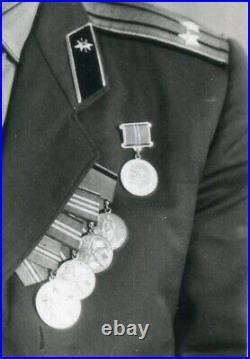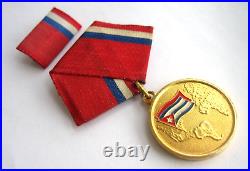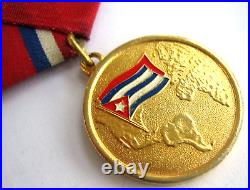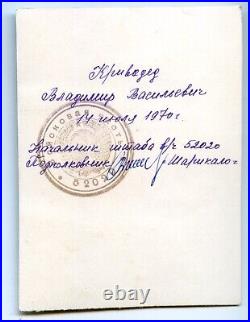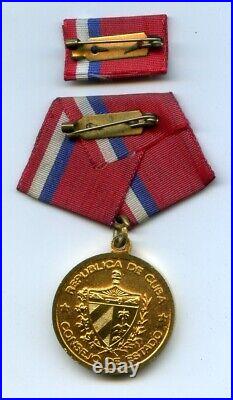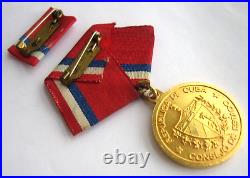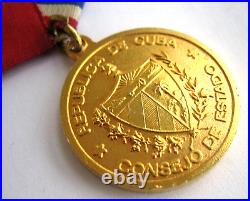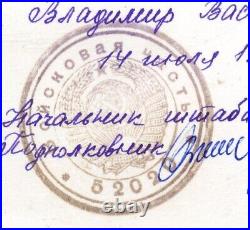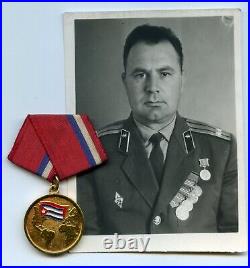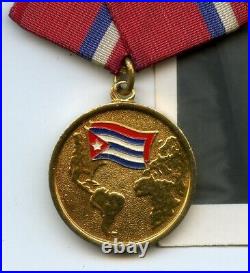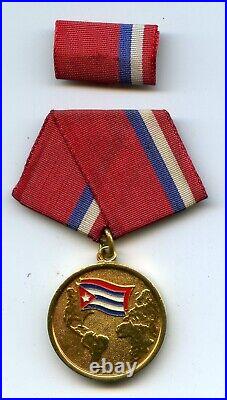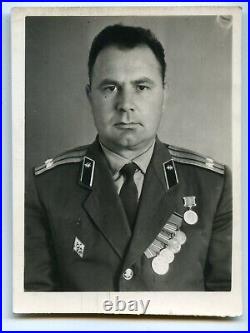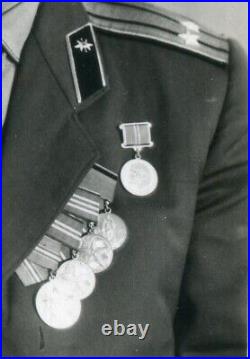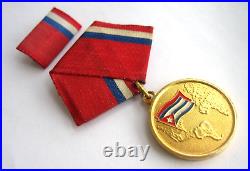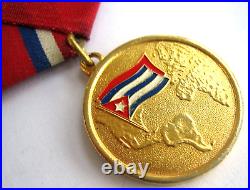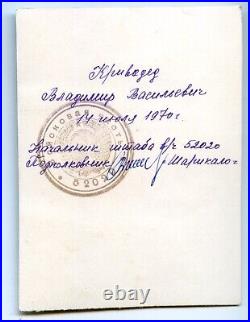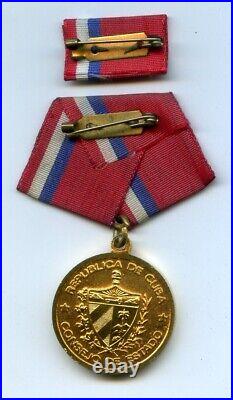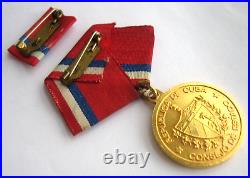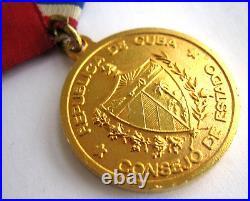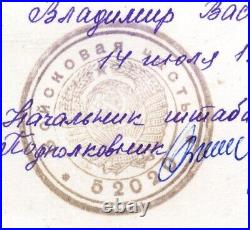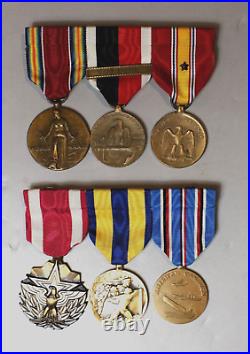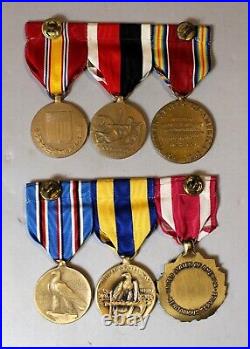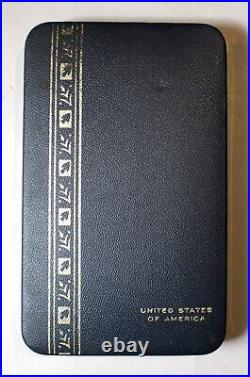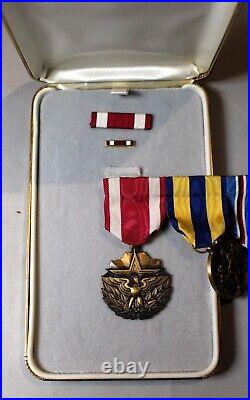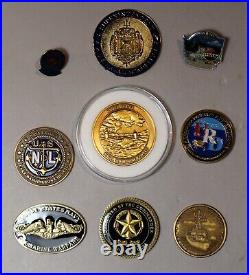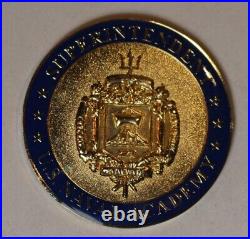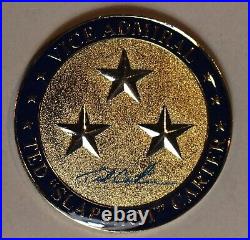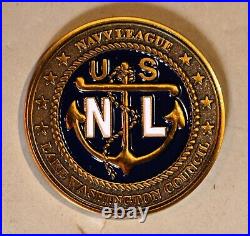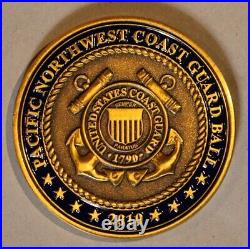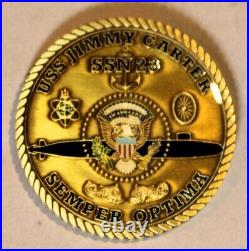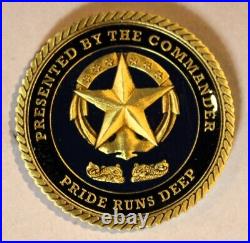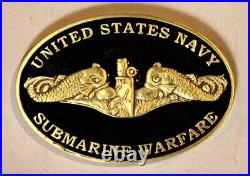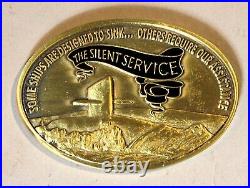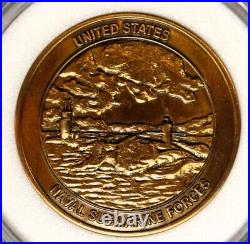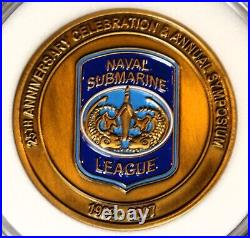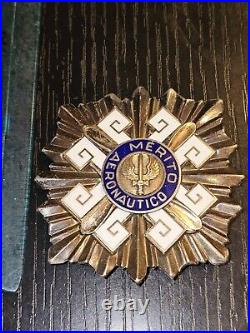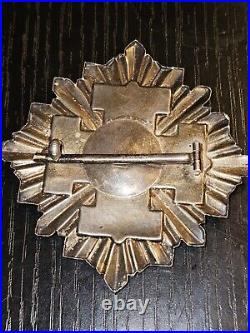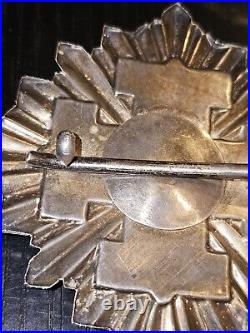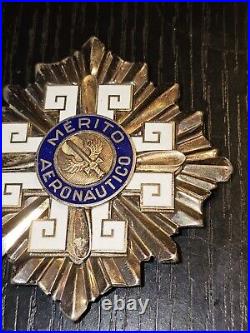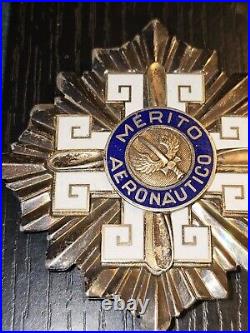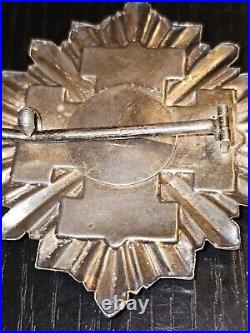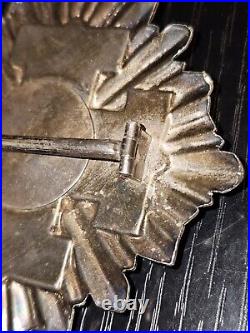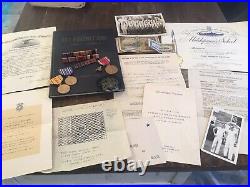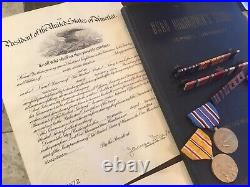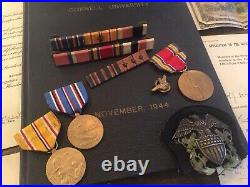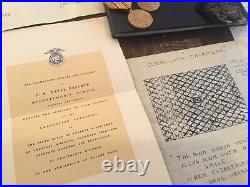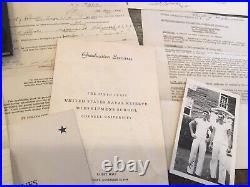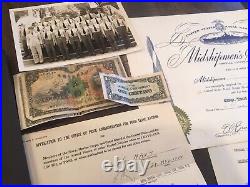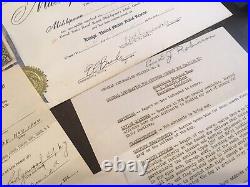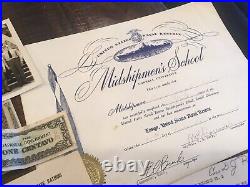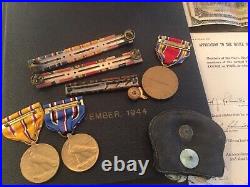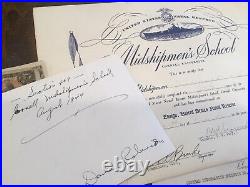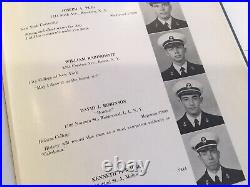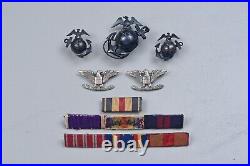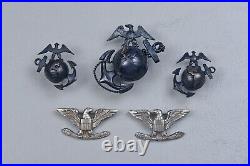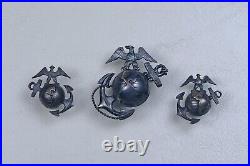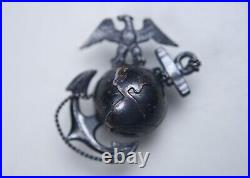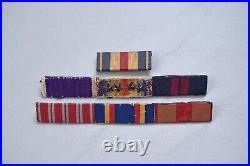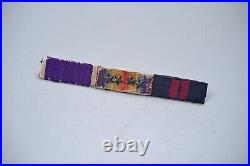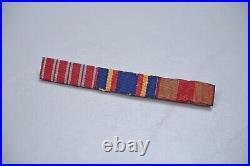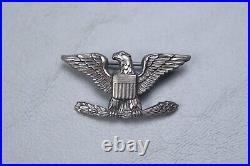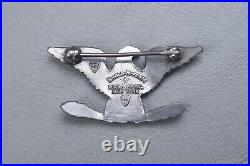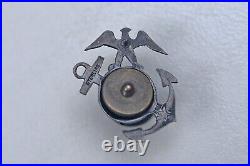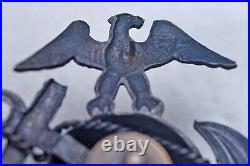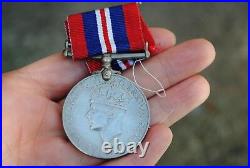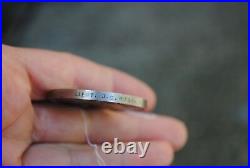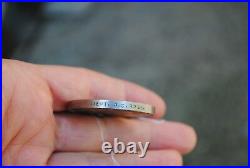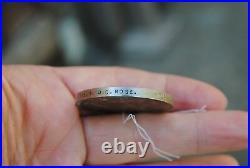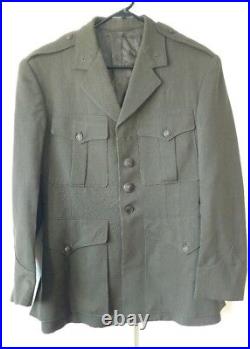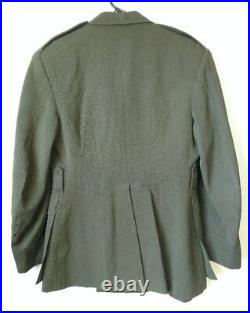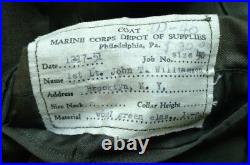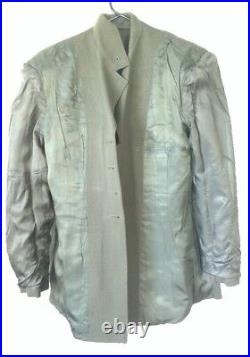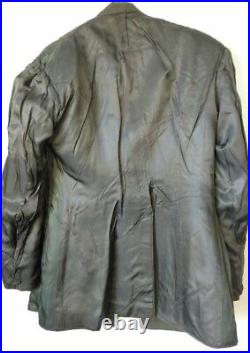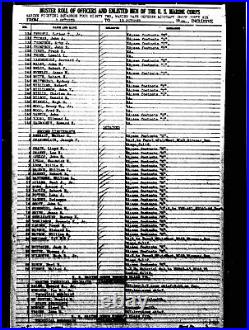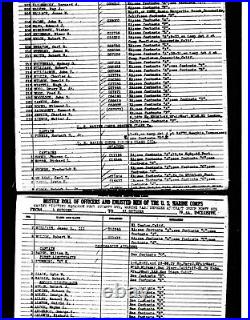Posts tagged officer
PLEASE FOLLOW OUR E BAY STORE. PLEASE READ WHOLE ADD. We do not want your feed back. We want your repeat business. We get by having best prices on the net. Sub badge has sub hull number on it, very RARE!! Banner is apx 30 inch’s. First patrol, October 1943 – January 1944. Cod arrived in Brisbane, Australia, on 2 October 1943 to prepare for her first war patrol. She sailed from there 20 days later. Penetrating the South China Sea, she contacted few targets, and launched an attack only once, on 29 November, with unobserved results. Second patrol, February 1944 – March 1944. Cod put to sea for her second war patrol in the South China Sea, off Java, and off Halmahera. On 16 February, she surfaced to sink a sampan by gunfire, and on 23 February, torpedoed a Japanese merchantman. Third patrol, March 1944 – June 1944. Refitting at Fremantle again from 13 March – 6 April 1944, Cod sailed to the Sulu Sea and the South China Sea off Luzon for her third war patrol. Fourth patrol, July 1944 – August 1944. Cod was put to sea again 3 July on her fourth war patrol. She ranged from the coast of Luzon to Java. Fifth patrol, September 1944 – November 1944. Cod put to sea on her fifth war patrol 18 September 1944, bound for Philippine waters. Two days later, she inflicted heavy damage on a tanker. Contacting a large convoy on 25 October, Cod launched several attacks without success. With all her torpedoes expended, she continued to shadow the convoy for another day to report its position. In November she took up a lifeguard station off Luzon, ready to rescue carrier pilots carrying out the series of air strikes on Japanese bases which paved the way for the Battle of Leyte later that month. Sixth patrol, March 1945 – May 1945. On 24 March she sailed from Pearl Harbor for the East China Sea on her sixth war patrol. Assigned primarily to lifeguard duty, she used her deck gun to sink a tugboat and its tow on 17 April, rescuing three survivors, and on 24 April launched an attack on a convoy which resulted in the most severe depth charging of her career. The next day, she sent the minesweeper W-41 to the bottom. Foley and S1c Andrew G. Johnson were washed overboard while freeing the torpedo room hatch. S1c Foley was recovered the next morning, but QM2c Johnson drowned during the night. This was Cod’s only fatality during World War II. Seventh patrol, May 1945 – June 1946. O-19 stuck on Ladd Reef. After refitting at Guam between 29 May and 26 June 1945, Cod put out for the Gulf of Siam and the coast of Indo-China on her seventh war patrol. On 9 and 10 July she went to the rescue of a grounded Dutch submarine, O-19, taking its crew on board and destroying the Dutch submarine when it could not be gotten off the reef. This was the only international submarine-to-submarine rescue in history. After returning the Dutch sailors to U. Naval Base Subic Bay, between 21 July and 1 August Cod made 20 gunfire attacks on the junks, motor sampans, and barges which were all that remained to supply the Japanese at Singapore. After inspecting each contact to rescue civilian crew, Cod sank it by gunfire and torpedoes, sending to the bottom a total of 23. On 1 August, an enemy plane strafed Cod, forcing her to dive, leaving one of her boarding parties behind. The men were rescued two days later by USS Blenny (SS-324). During that celebration, the two crews learned of the Japanese surrender. To symbolize that moment, another symbol was added to Cod’s battle flag: the name O-19 under a martini glass. Cod sailed for home on 31 August. Arriving at Naval Submarine Base New London, on 3 November after a visit to Miami, Florida, Cod sailed to the Philadelphia Navy Yard for a overhaul, returning to New London, Connecticut where she was decommissioned and placed in reserve 22 June 1946. AGSS-224, 1 December 1962, IXSS-224, 30 June 1971. For her successful World War II. Since 1 May 1976. 1,525 long tons (1,549 t) surfaced. 2,424 long tons (2,463 t) submerged. 27 ft 3 in (8.31 m). 17 ft (5.2 m) maximum. 4 × General Motors. 2 × 126- cell. 4 × high-speed General Electric. 2,740 shp (2.0 MW) submerged. 11,000 nautical miles (13,000 mi) surfaced at 10 kn (12 mph). 48 hours at 2 kn (2.3 mph) submerged. 75 days on patrol. 6 officers, 54 enlisted. 10 × 21 inch (533 mm). (6 bow, 4 stern). 1 × 4/50 caliber gun. Later 1 x 5/25 caliber gun. And 20 mm Oerlikon. The Asiatic-Pacific Campaign Medal[1] was a United States military award of the Second World War, which was awarded to any member of the United States Armed Forces who served in the Asiatic-Pacific Theater from 1941 to 1945. The medal was created on November 6, 1942, by Executive Order 9265[2] issued by President Franklin D. The medal was designed by Thomas Hudson Jones; the reverse side was designed by Adolph Alexander Weinman which is the same design as used on the reverse of the American Campaign Medal and European-African-Middle Eastern Campaign Medal. There were 21 Army and 48 Navy-Marine Corps official campaigns of the Pacific Theater, denoted on the suspension and service ribbon of the medal by service stars which also were called “battle stars”; some Navy construction battalion units issued the medal with Arabic numerals. The Arrowhead device is authorized for those campaigns which involved participation in amphibious assault landings. The Fleet Marine Force Combat Operation Insignia is also authorized for wear on the medal for Navy service members who participated in combat while assigned to a Marine Corps unit. The flag colors of the United States and Japan are visible in the ribbon. The Asiatic-Pacific Campaign Medal was first issued as a service ribbon in 1942. A full medal was authorized in 1947, the first of which was presented to General of the Army Douglas MacArthur. The European Theater equivalent of the medal was known as the European-African-Middle Eastern Campaign Medal. Boundaries of Asiatic-Pacific Theater. (1) The eastern boundary is coincident with the western boundary of the American Theater. (2) The western boundary is from the North Pole south along the 60th meridian east longitude to its intersection with the east boundary of Iran, then south along the Iran boundary to the Gulf of Oman and the intersection of the 60th meridian east longitude, then south along the 60th meridian east longitude to the South Pole. US Navy – Marine Corps campaigns. The 43 officially recognized US Navy campaigns in the Pacific Theater of Operations are:[5]. Pearl Harbor: Pearl Harbor-Midway: 7 December 1941. Wake Island: 8-23 December 1941. Philippine Islands operation: 8 December 1941 – 6 May 1942. Netherlands East Indies engagements: 23 January – 27 February 1942. Pacific raids (1942): 1 February – 10 March 1942. Coral Sea: 4-8 May 1942. Midway: 3-6 June 1942. Guadalcanal-Tulagi landings: 7-9 August 1942 (First Savo). Capture and defense of Guadalcanal: 10 August 1942 – 8 February 1943. Makin Raid: 17-18 August 1942. Eastern Solomons: 23-25 August 1942. Buin-Faisi-Tonolai raid: 5 October 1942. Cape Esperance: 11-12 October 1942 (Second Savo). Santa Cruz Islands: 26 October 1942. Guadalcanal: 12-15 November 1942 (Third Savo). Tassafaronga: 30 November – 1 December 1942 (Fourth Savo). Eastern New Guinea operation: 17 December 1942 – 24 July 1944. Rennel Island: 29-30 January 1943. Consolidation of Solomon Islands: 8 February 1943 – 15 March 1945. Aleutians operation: 26 March – 2 June 1943. New Georgia Group operation: 20 June – 16 October 1943. Bismarck Archipelago operation: 25 June 1943 – 1 May 1944. Pacific raids (1943): 31 August – 6 October 1943. Treasury-Bougainville operation: 27 October – 15 December 1943. Gilbert Islands operation: 13 November – 8 December 1943. Marshall Islands operation: 26 November 1943 – 2 March 1944. Asiatic-Pacific raids (1944): 16 February – 9 October 1944. Western New Guinea operations: 21 April 1944 – 9 January 1945. Marianas operation: 10 June – 27 August 1944. Western Caroline Islands operation: 31 August – 14 October 1944. Leyte operation: 10 October – 29 November 1944. Luzon operation: 12 December 1944 – 1 April 1945. Iwo Jima operation 15 February – 16 March 1945. Okinawa Gunto operation: 17 March – 30 June 1945. Third Fleet operations against Japan: 10 July – 15 August 1945. Kurile Islands operation: 1 February 1944 – 11 August 1945. Borneo operations: 27 April – 20 July 1945. Tinian capture and occupation: 24 July – 1 August 1944. Consolidation of the Southern Philippines: 28 February – 20 July 1945. Hollandia operation: 21 April – 1 June 1944. Manila Bay-Bicol operations: 29 January – 16 April 1945. Escort, antisubmarine, armed guard and special operations: 7 December 1941 – 2 September 1945. Submarine War Patrols (Pacific): 7 December 1941 – 2 September 1945.
This is an extremely fine World War II U. Air Medal awarded to 1st Lt. Hamlen, 77th Infantry Division that is excellent condition. The planchet is with a beautiful satin bronze finish to both sides. The reverse is officially hand engraved in six lines with,’1st Lt. Hamlen – 77 Inf. It is suspended from the original ribbon which is solid and with vibrant color. The medal is mounted on the correct WWI type slot broach that is complete with functional pin assembly. It remains an absolutely gorgeous 6-line engraved medal in excellent condition.
Military Friendship Medal 1st Class & Photo. For Officer of the RED ARMY RARE. Very RARE ORIGINAL SET! The medal “Soviet-Caribbean Military Friendship” 1st class has awarded the Soviet military advisers in the Carribean? Ommunistic Army (pilots, military engineers, radio operators, gunners, navy and similar). Original photo and award set. Bonus – original rare 1960 photo, l ieutenant colonel Vladimir Vasilyevich Krivoded – deputy regiment commander of the 60th radio-technical air defense regiment of the Red Army military unit No. Military advisers to military communications units were the main military specialists of the Red Army during the Caribbean Missile Crisis. Photo from the archive of the Red Army – on the back is the original seal of the military unit. This is the official photo of a Soviet officer for identification and registration. Size 90 x 120 mm. Awarded – soldiers and officers of the Soviet Army in Central America in operation “Anadyr”. Operation Anadyr (Russian:???????) was the code name used by the Soviet Union for its Cold War secret operation in 1962 of deploying ballistic missiles, medium-range bombers, and a division of mechanized infantry to Caribes to create an army group that would be able to prevent an invasion of the island by United States forces. The plan was to deploy approximately 60,000 personnel in support of the main missile force, which consisted of three R-12 missile regiments and two R-14 missile regiments. However, part of it was foiled when the United States discovered the plan, prompting the Caribian Missile Crisis. 100% authentic, original old medal and photo. 17-27 days to USA. 12-20 days to Europe. I will answer all your questions.
Military Friendship Medal 1st Class & Photo. For Officer of the RED ARMY RARE. Very RARE ORIGINAL SET! The medal “Soviet-Caribbean Military Friendship” 1st class has awarded the Soviet military advisers in the Carribean? Ommunistic Army (pilots, military engineers, radio operators, gunners, navy and similar). Original photo and award set. Bonus – original rare 1960 photo, l ieutenant colonel Vladimir Vasilyevich Krivoded – deputy regiment commander of the 60th radio-technical air defense regiment of the Red Army military unit No. Military advisers to military communications units were the main military specialists of the Red Army during the Caribbean Missile Crisis. Photo from the archive of the Red Army – on the back is the original seal of the military unit. This is the official photo of a Soviet officer for identification and registration. Size 90 x 120 mm. Awarded – soldiers and officers of the Soviet Army in Central America in operation “Anadyr”. Operation Anadyr (Russian:???????) was the code name used by the Soviet Union for its Cold War secret operation in 1962 of deploying ballistic missiles, medium-range bombers, and a division of mechanized infantry to Caribes to create an army group that would be able to prevent an invasion of the island by United States forces. The plan was to deploy approximately 60,000 personnel in support of the main missile force, which consisted of three R-12 missile regiments and two R-14 missile regiments. However, part of it was foiled when the United States discovered the plan, prompting the Caribian Missile Crisis. 100% authentic, original old medal and photo. 17-27 days to USA. 12-20 days to Europe. I will answer all your questions.
This set of WWII and Korean War era medals were awarded to 40 year Naval submarine veteran Captain Carlton A K McDonald who was appointed to the Naval Academy in 1944. After commissioning he served aboard the USS Leary, and the subs Spikefish, Sea Robin, and Barbero. He successfully interviewed with Admiral Rickover and later assumed command of the USS Grant, gold crew. At the Pentagon he became the special assistant to the Asst. Secretary of the Navy. He was awarded the legion of Merit as well as the Meritorious Service Award (see below). After retirement he spent years researching the causes for the sinking of the USS Scorpion and published his findings. We are offering this set of 6 medals awarded to Captain McDonald including: the WWII Victory medal; the WWII US Navy Occupation Service Medal (Europe); the US National Defense Medal (with a bronze star indicating the first period June 27,1950 – July 27, 1954 Korean War); the Meritorious Service Medal (this medal comes with the corresponding ribbon, lapel pin and original box); the Naval Expeditionary Medal (probably for service in Korea and / or Vietnam) and the WWII America Campaign Medal. All these medals are original and guaranteed to be those awarded to this veteran. Additionally were are offering a variety of commemorative medallions the come to us from this estate all related to Captain McDonalds Naval service and the submarine specialization. Others require our assistance. See our photos for further information. All the above items are in great vintage condition.
AAC Air Corps General Officer Badge, 3rd Class, Grand Officer Star, Brazil. Awarded: For distinguished service and exceptional contributions to the Brazilian Air Force for Anti Submarine patrols over the South Atlantic. See photos for condition. This includes packages with tracking numbers or stamped envelopes. Don’t worry it will sho.
Certificate and book etc from Cornell Midshipmen’s school, officer appointment, medals, ribbons, photos, paperwork, etc. Please see my other auctions for more items from this estate and other estate military items. Thank you and good luck! As required by your country’s laws, they are not charged by me and I have no responsibility toward them.
This is a salty World War I/World II Marine Corps Colonel’s Insignia and Ribbon Bar Group that is in very good condition. The group consists of a large Model 1937 Officers Eagle, Globe, and Anchor visor hat insignia, 2 Officers Eagle, Globe, and Anchor collar insignia, a matching pair of silver Colonel’s war eagle rank insignia, and a 7-piece ribbon bar set. All three Eagle, Globe and Anchor insignia are screw back and are a matching set by the Hilborn and Hamburger firm of New York. Each is marked with their H&H within an eagle logo on the back side. The continents have been separately applied to the globes with the original black finish only slightly worn on the high spots. The war eagles are by the N. Meyer firm of New York and has their shield logo on the back side. They are also marked with,’SHOULD-R-FORM’ and a shield with’USMC’ over’97′ on the back of the left wing. The pins and roller locking assemblies are complete and fully functional. The pin back ribbons are the ½ wide navy type and consist of a single Silver Star Medal ribbon, a 3- place ribbon bar consisting of the Purple Heart Medal, the World War I Victory Medal with 4 bronze campaign stars, and Haitian Campaign Medal. The lower bar consists of the 2nd Nicaraguan Campaign Medal, the Yangtze Service Medal, and the Marine Corps Expeditionary Medal. The Silver Star ribbon is with functional pin and roller locking pin assembly. The 3-Place ribbon bars have functional pins, open catches, and exhibit light soiling and some fraying from service over the years. This remains a fine group in overall very good condition and one that was proudly worn by a salty, long service Marine Corps Colonel.
This uniform belong to John T. Williamson who served during World War II and Korean War as a fighter pilot. During WWII he served in the VMF-482 and VMF-471. He served in a few fighter squadrons belonging to 2nd MAW during Korean War. I believe he earned 3 air medals. He would have also been awarded many medals including asiatic Pacific campaign metal, American campaign, WWII victory, Korean War, national defense, etc… He rose to the rank of captain. This would have been the last uniform he wore before retiring from marines. The uniform is missing the top button. This would be a great restoration and research project. Pictures are a part of the description so please see carefully. Please don’t hesitate to send me an offer. So please let me know if you are interested in more than one item.

















